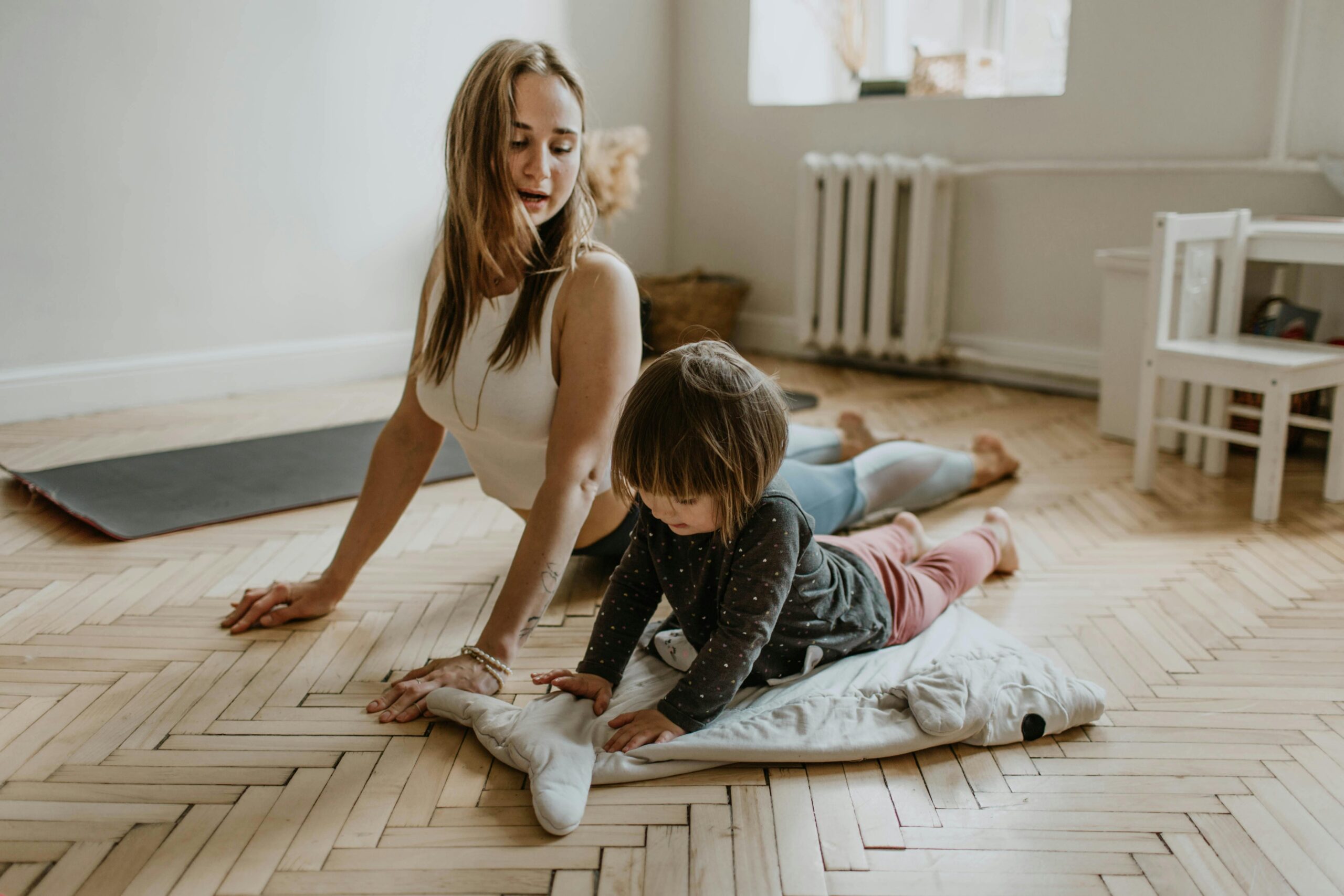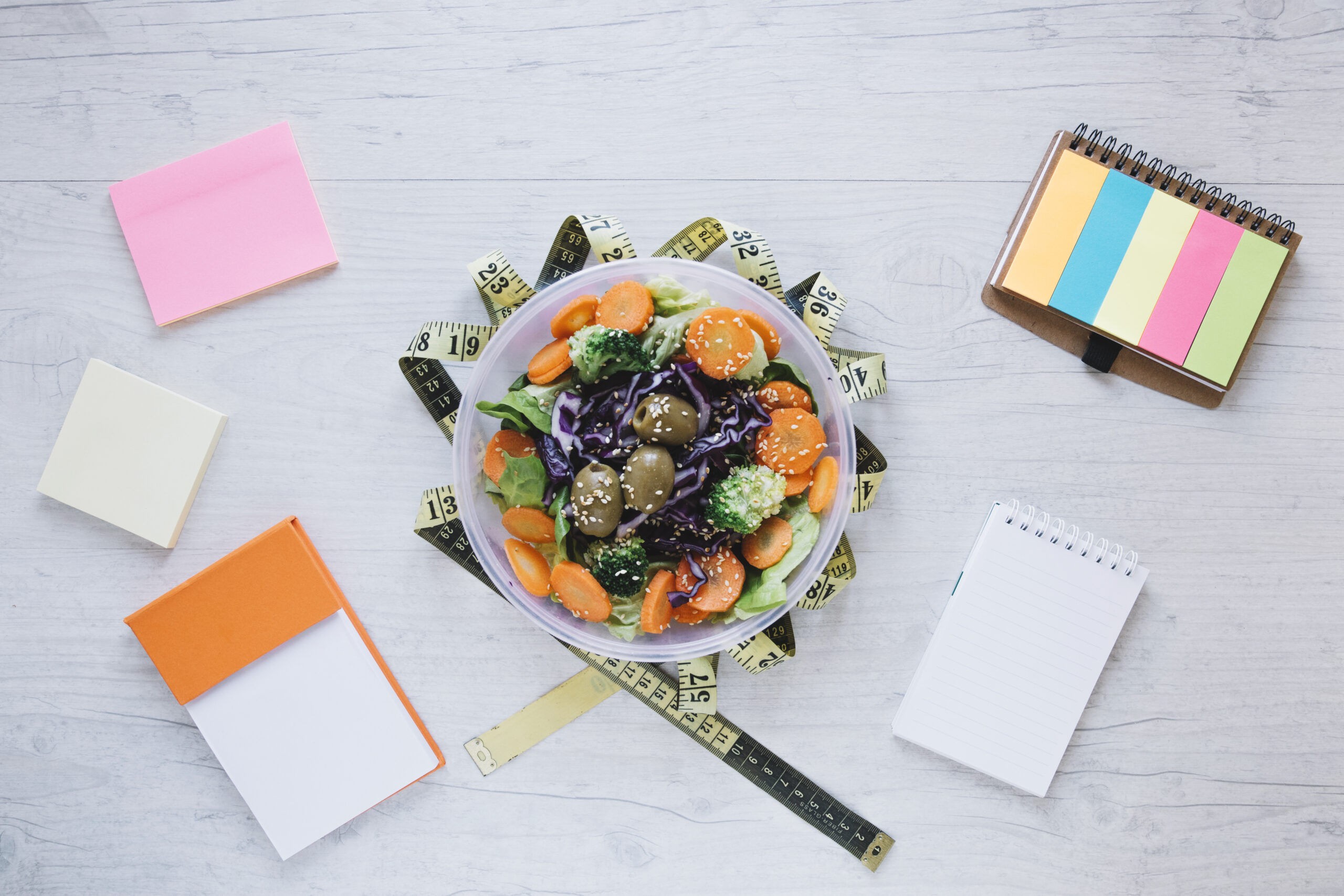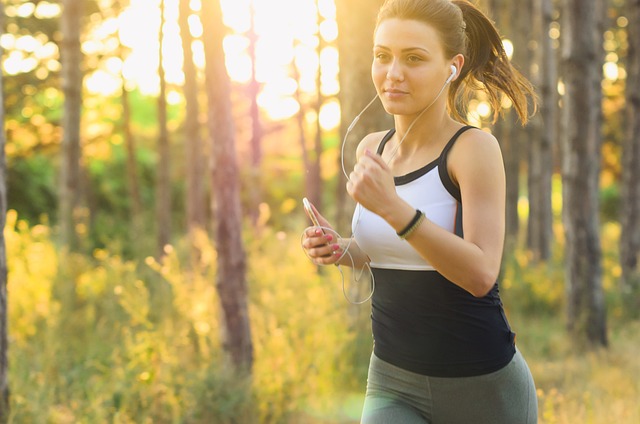Yoga for Beginners at Home: A Complete 2025 Guide
Introduction
Yoga has become one of the most powerful lifestyle practices worldwide. Whether you’re looking to improve flexibility, reduce stress, or simply live a healthier life, yoga can help. The best part? You don’t need to join an expensive studio—you can start yoga for beginners at home with little to no equipment.
This article is your complete 2025 guide to starting yoga at home. We’ll cover the benefits, easy beginner-friendly poses, breathing techniques, and tips to create a consistent daily routine.
1. Why Yoga for Beginners at Home?
Practicing yoga at home offers many advantages:
Convenience: No need to travel or stick to strict class schedules.
Affordability: No studio fees—just a mat and comfortable clothes.
Privacy: Perfect for beginners who may feel shy in group settings.
Flexibility: You can practice anytime, morning or evening, according to your lifestyle.
2. Essentials You Need Before Starting
Getting started with yoga doesn’t require fancy equipment. Here’s what you’ll need:
Yoga Mat: Provides comfort and prevents slipping.
Comfortable Clothing: Stretchable clothes for free movement.
Quiet Space: A calm, distraction-free corner of your home.
Water Bottle: Stay hydrated before and after practice.
Optional tools like yoga blocks or straps can help with flexibility, but they aren’t mandatory for beginners.
3. Simple Yoga Poses for Beginners at Home
Here are some beginner-friendly yoga poses you can start practicing today:
Mountain Pose (Tadasana)
Stand tall with feet together, arms at your side.
Helps improve posture and balance.
Child’s Pose (Balasana)
Kneel on the floor, sit on your heels, and bend forward with arms stretched.
Relaxes the body and relieves stress.
Cat-Cow Stretch (Marjaryasana-Bitilasana)
Move between arching your back (cat) and dipping your belly (cow).
Improves spine flexibility.
Downward-Facing Dog (Adho Mukha Svanasana)
From all fours, lift your hips up, forming an inverted V.
Strengthens arms and legs while stretching the spine.
Warrior Pose (Virabhadrasana I)
Step one leg forward, bend the knee, and stretch your arms overhead.
Builds strength and stamina.
Start with 15–20 minutes daily and gradually increase your practice time.
4. Breathing Techniques (Pranayama)
Yoga isn’t just about physical movement—breathing is equally important. Beginners should learn these techniques:
Deep Belly Breathing (Diaphragmatic Breathing): Inhale deeply into the belly, exhale slowly.
Alternate Nostril Breathing (Nadi Shodhana): Inhale through one nostril, exhale through the other. Balances energy.
Ujjayi Breath (Ocean Breath): Gentle, whisper-like breathing through the throat. Improves focus and calmness.
Practicing pranayama for 5–10 minutes daily reduces stress and improves concentration.
5. Daily Yoga Routine for Beginners
Here’s a simple 20-minute beginner yoga routine you can do at home:
Mountain Pose – 2 minutes (warm-up & grounding)
Cat-Cow Stretch – 3 minutes (spinal flexibility)
Downward-Facing Dog – 3 minutes (strength & stretch)
Warrior Pose – 3 minutes (strengthening legs & arms)
Child’s Pose – 2 minutes (relaxation)
Breathing Exercises (Pranayama) – 5 minutes
Corpse Pose (Savasana) – 2 minutes (cool down & mindfulness)
6. Benefits of Yoga at Home for Beginners
Physical Benefits: Improves flexibility, balance, posture, and muscle tone.
Mental Benefits: Reduces stress, boosts focus, and promotes calmness.
Emotional Benefits: Enhances self-awareness, mindfulness, and confidence.
Lifestyle Benefits: Easy to adapt to busy schedules, improves sleep, and supports overall wellness.
7. Tips to Stay Consistent
Start small—5 to 10 minutes daily is better than long, irregular sessions.
Use free YouTube tutorials or mobile apps for guided practice.
Set realistic goals and track your progress.
Practice at the same time every day for habit building.
Celebrate small improvements like touching your toes or holding a pose longer.
8. Trends in Home Yoga for 2025
Yoga in 2025 is becoming more digital and personalized:
AI-powered yoga apps that track posture and give real-time corrections.
Virtual reality yoga sessions for immersive home practice.
Hybrid wellness routines combining yoga, meditation, and fitness apps.
Sustainable yoga mats & eco-lifestyle integration.
Adapting to these trends can make your yoga journey more exciting and future-ready.
Conclusion
Starting yoga for beginners at home is simple, cost-effective, and life-changing. With just 15–20 minutes daily, you can improve your physical health, reduce stress, and build a mindful lifestyle.
In 2025, yoga is not just an exercise—it’s a wellness trend that connects body, mind, and spirit. Whether you’re looking to boost flexibility, find inner peace, or simply stay active at home, yoga is the perfect starting point.














Post Comment